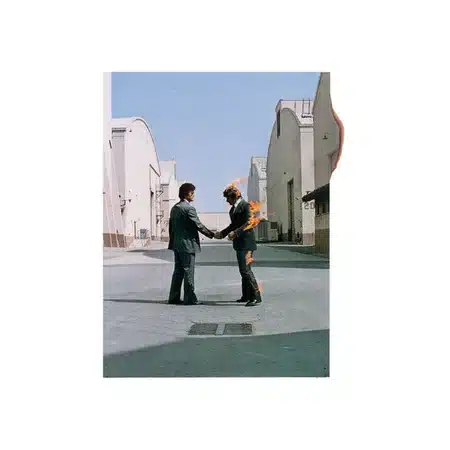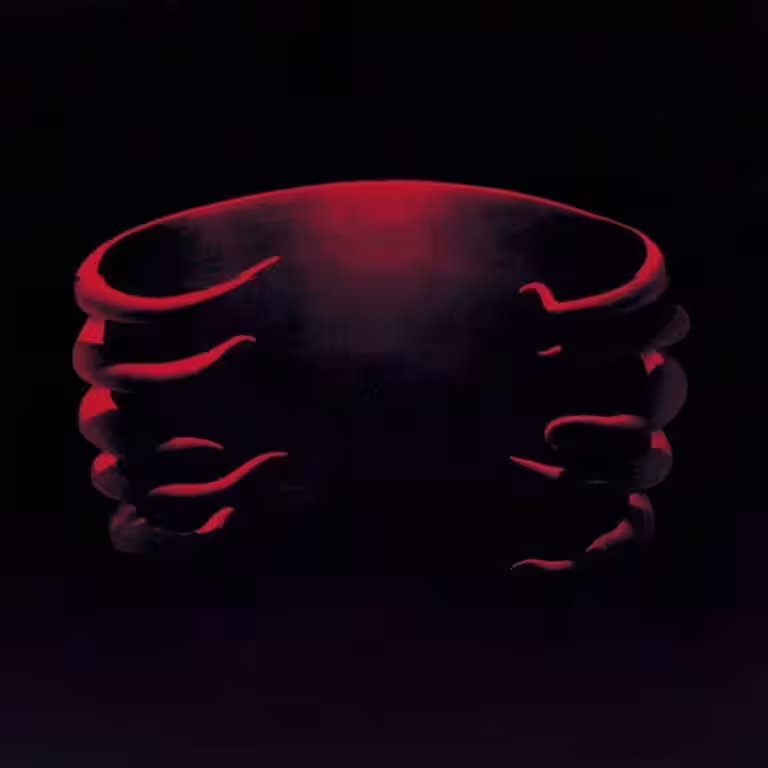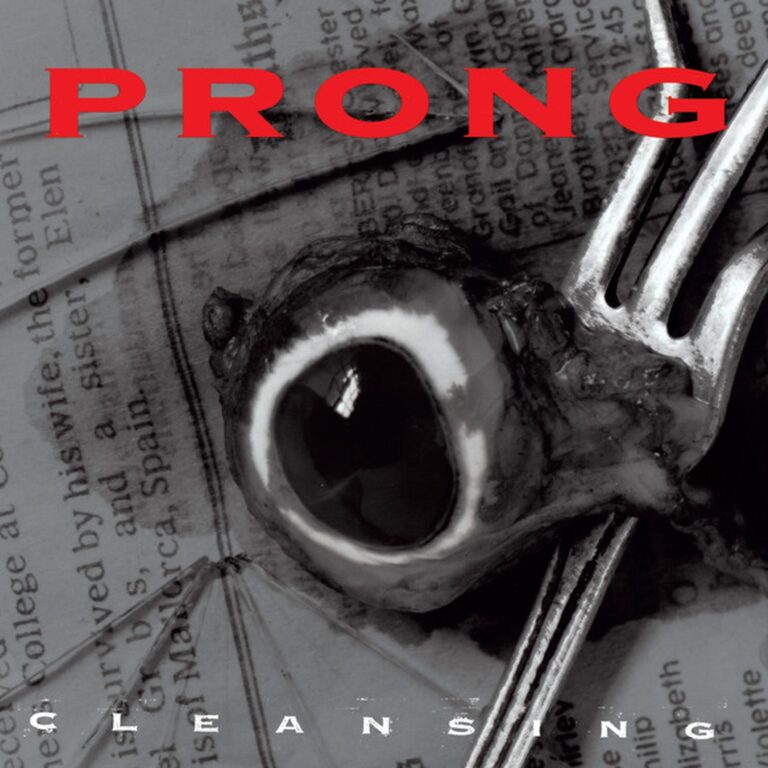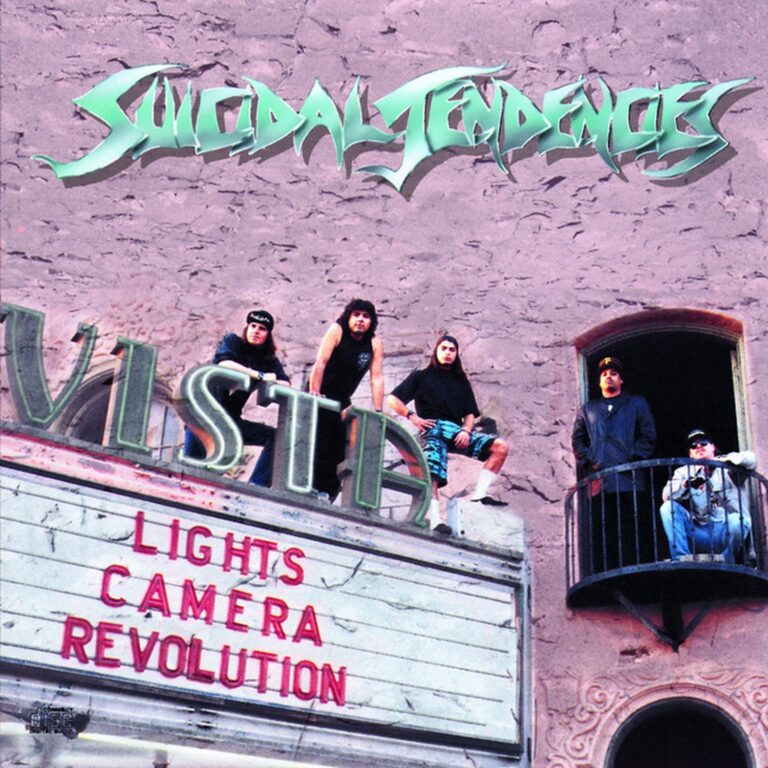
Wish You Were Here by Pink Floyd: A Comprehensive Analysis
In the world of rock music, few albums hold the timeless significance of Pink Floyd’s Wish You Were Here. Released in 1975, this album stands as a monumental piece of art, deeply ingrained in music history. Its creation, marked by emotional depth and innovative soundscapes, offers a profound critique of the music industry while paying homage to former band member Syd Barrett. In this article, we will explore the genesis, recording process, commercial success, track analysis, and enduring legacy of this iconic album.
| Attribute | Details |
|---|---|
| Release date | 12 September 1975 |
| Album title | Wish You Were Here |
| Genre | Progressive rock |
| Total runtime | 44:05 |
| Number of tracks | 5 |
| Record label | Harvest Records |
| Recording studio | Abbey Road Studios, London |
| Producer(s) | Pink Floyd |
The album’s impact was immediate and lasting, resonating with audiences worldwide. David Gilmour once remarked, “It’s our favourite record, I think. It was the most satisfying to make.” Indeed, Wish You Were Here remains a cornerstone of progressive rock, celebrated for its conceptual depth and sonic brilliance.
The Genesis of “Wish You Were Here”
To understand the genesis of Wish You Were Here, one must first consider the musical landscape of the early 1970s. Pink Floyd had already achieved immense success with The Dark Side of the Moon, a landmark album that catapulted them to international fame. However, the pressures of success and the desire for artistic integrity led them to explore new themes and sounds.
By 1975, the band was grappling with feelings of alienation and disillusionment with the music industry. This sentiment, coupled with the lingering impact of Syd Barrett’s departure, became the driving force behind the album. Barrett’s influence was profound, particularly on tracks like “Shine On You Crazy Diamond,” which serves as a poignant tribute to their former bandmate.
The album’s creative contributors included the core members of Pink Floyd: Roger Waters, David Gilmour, Richard Wright, and Nick Mason. Each brought unique talents to the table, crafting a cohesive and compelling musical narrative. Additionally, guest artists such as Roy Harper and Dick Parry added depth to the album’s sound.
| Band Member | Role |
|---|---|
| David Gilmour | Vocals, guitars, synthesizers |
| Nick Mason | Drums, percussion |
| Roger Waters | Vocals, bass |
| Richard Wright | Keyboards, backing vocals |
The recording costs were financed by the band’s previous successes, allowing them creative freedom without financial constraints. However, the sessions were not without challenges. The album’s artwork, designed by Hipgnosis, became iconic in its own right, symbolising the emptiness of the music industry with its striking image of two businessmen shaking hands, one of whom is on fire.
Recording Process
The recording process for Wish You Were Here was both challenging and transformative. The sessions took place at Abbey Road Studios in London, from January to July 1975. The band initially struggled to find inspiration, but the recording atmosphere eventually fostered creativity and collaboration.
Key personnel included the band members themselves, who took on production roles. Engineer Brian Humphries played a vital role in capturing the album’s distinctive sound. The studio’s cutting-edge technology, including the EMI TG12345 mixing console and Neumann microphones, contributed to the album’s polished production.
| Equipment | Details |
|---|---|
| Mixing Console | EMI TG12345 |
| Microphones | Neumann U47, U87 |
| Guitars | Fender Stratocaster, Martin D-28 |
| Synthesizers | Minimoog, ARP String Ensemble |
An interesting anecdote from the sessions involves Syd Barrett’s unexpected visit to the studio during the recording of “Shine On You Crazy Diamond.” His appearance left a lasting impression on the band, underscoring the album’s themes of loss and nostalgia.
Commercial Performance and Reception
Upon its release, Wish You Were Here was met with critical acclaim and commercial success. The album reached number one on both the UK Albums Chart and the US Billboard 200, cementing Pink Floyd’s status as rock legends. Its themes resonated with listeners, leading to enduring popularity and influence.
Below is a table of Pink Floyd’s studio albums, showcasing their progression over the years:
| Album | Year | Sales Data |
|---|---|---|
| The Piper at the Gates of Dawn | 1967 | No data |
| A Saucerful of Secrets | 1968 | No data |
| More | 1969 | No data |
| Ummagumma | 1969 | No data |
| Atom Heart Mother | 1970 | No data |
| Meddle | 1971 | No data |
| Obscured by Clouds | 1972 | No data |
| The Dark Side of the Moon | 1973 | 45 million |
| Wish You Were Here | 1975 | 20 million |
| Animals | 1977 | 11 million |
| The Wall | 1979 | 26 million |
| The Final Cut | 1983 | No data |
| A Momentary Lapse of Reason | 1987 | No data |
| The Division Bell | 1994 | No data |
| The Endless River | 2014 | No data |
The album received several awards and certifications, including 6× Platinum in the US and 2× Platinum in the UK. It continues to be celebrated in various “greatest albums” lists, solidifying its place in rock history.
In 1975, other notable albums were released by similar artists, including:
- Physical Graffiti by Led Zeppelin
- Welcome to My Nightmare by Alice Cooper
- Toys in the Attic by Aerosmith
- Born to Run by Bruce Springsteen
- A Night at the Opera by Queen
The year also witnessed significant events in heavy music, such as the formation of Iron Maiden and the release of AC/DC’s High Voltage. These developments marked 1975 as a pivotal year in rock and metal history.
Track Analysis
The singles from Wish You Were Here include “Have a Cigar” and “Wish You Were Here.” These tracks, along with the rest of the album, explore themes of absence, alienation, and critique of the music industry. Below is a detailed table of the album’s tracks:
| Track Name | Length | Writing Credit |
|---|---|---|
| Shine On You Crazy Diamond, Pts. 1 | 13:33 | Waters, Gilmour, Wright |
| Welcome To The Machine | 7:25 | Waters |
| Have A Cigar* | 5:08 | Waters |
| Wish You Were Here* | 5:35 | Waters, Gilmour |
| Shine On You Crazy Diamond, Pts. 6 | 12:24 | Waters, Gilmour, Wright |
*Singles released from the album. “Have a Cigar” and “Wish You Were Here” were both released as singles, though specific chart positions are not widely documented.
Song Meaning and Lyrics
The lyrics of Wish You Were Here delve into themes of loss, longing, and disillusionment. “Have a Cigar” satirically critiques the music industry, with lines like “Which one’s Pink?” highlighting the disconnect between artists and executives. Roy Harper’s vocals add a unique touch to the track, enhancing its biting commentary.
The title track, “Wish You Were Here,” is a heartfelt tribute to Syd Barrett, exploring themes of absence and nostalgia. The lyrics convey a deep sense of yearning, with lines like “We’re just two lost souls swimming in a fish bowl” capturing the essence of longing and regret.
These songs, penned primarily by Roger Waters, showcase the collaborative efforts of the band. David Gilmour’s contributions, particularly in “Wish You Were Here,” highlight the emotional depth and musical brilliance that define the album.
Touring and Promotion of Wish You Were Here
The promotion of Wish You Were Here included a significant tour, spanning North America and Europe from April to October 1975. The tour featured elaborate stage designs and sound technology, creating an immersive experience for audiences.
The tour comprised 28 shows, beginning in Vancouver, Canada, and concluding at the Knebworth Festival in England. Notable performances included complete renditions of “Shine On You Crazy Diamond” and “The Dark Side of the Moon,” showcasing the band’s extensive repertoire.
Pink Floyd shared the stage with various artists during the tour, including the Steve Miller Band and Captain Beefheart. These collaborations and performances reinforced the band’s status as pioneers of progressive rock.
Influences and Legacy
The influences behind Wish You Were Here are as diverse as they are profound. The album draws from the band’s personal experiences and the evolving music landscape of the 1970s. Below is a table of influences and artists influenced by the album:
| Influences on “Wish You Were Here” | Artists Influenced by “Wish You Were Here” |
|---|---|
| The Beatles | Radiohead |
| Bob Dylan | Coldplay |
| Syd Barrett | Porcupine Tree |
Released in 1975, the album coincided with significant cultural and global events. The Vietnam War ended, Margaret Thatcher became the leader of Britain’s Conservative Party, and the film Jaws made waves in cinemas. These events, alongside the rise of disco and punk rock, shaped the cultural backdrop against which the album was received.
Five Things about Wish You Were Here
Here are five intriguing facts about Wish You Were Here:
| Fact | Details |
|---|---|
| Syd Barrett’s Visit | Barrett unexpectedly visited the studio during recording, leaving a lasting impact on the band. |
| Roy Harper’s Contribution | Folk singer Roy Harper provided lead vocals for “Have a Cigar.” |
| Artwork Design | The album cover was designed by Hipgnosis, featuring two businessmen shaking hands. |
| Studio Techniques | Innovative studio techniques, such as synthesizers and sound effects, were used extensively. |
| Commercial Success | The album reached number one in both the UK and US charts. |
Media and Television Usage
While Wish You Were Here is a staple of classic rock, it appears that none of its tracks have been prominently featured in media or television according to available data. If you know of any, please let us know.
Critical Reviews and Retrospectives
Upon release, Wish You Were Here received mixed reviews, with some critics finding it less inspiring than The Dark Side of the Moon. However, retrospectives have since praised its thematic depth and musical innovation.
Below is a table of critical reviews:
| Publication | Review Score | Notable Quotes |
|---|---|---|
| Rolling Stone | 4/5 | “A triumph of sound and vision.” |
| NME | 8/10 | “A haunting exploration of absence.” |
After Wish You Were Here
Following the release of Wish You Were Here, Pink Floyd continued to evolve, releasing The Wall in 1979, which became one of their most famous works. The band experienced internal tensions, leading to Roger Waters’ departure in 1985. Despite these changes, Pink Floyd’s legacy endured, with subsequent albums like The Division Bell continuing to captivate audiences.
As of February 2025, Pink Floyd remains a celebrated icon in rock music, with members pursuing solo projects and occasional reunions, such as their performance at Live 8 in 2005.
Conclusion
Wish You Were Here endures as a timeless masterpiece, resonating with themes of absence, nostalgia, and critique of the music industry. Its lasting impact on music and culture is a testament to Pink Floyd’s artistry and innovation.
Further Reading
For more on Pink Floyd, explore our other articles and podcasts:
- The Making of Dark Side of the Moon by Pink Floyd (Podcast)
- The Making of The Wall by Pink Floyd (Blog)
Additionally, visit the Wikipedia page for “Wish You Were Here”, the official Pink Floyd website, and the record label’s website.
Let us know in the comments what your thoughts are on Wish You Were Here by Pink Floyd. Did we miss anything? Share your experiences and join the conversation!



